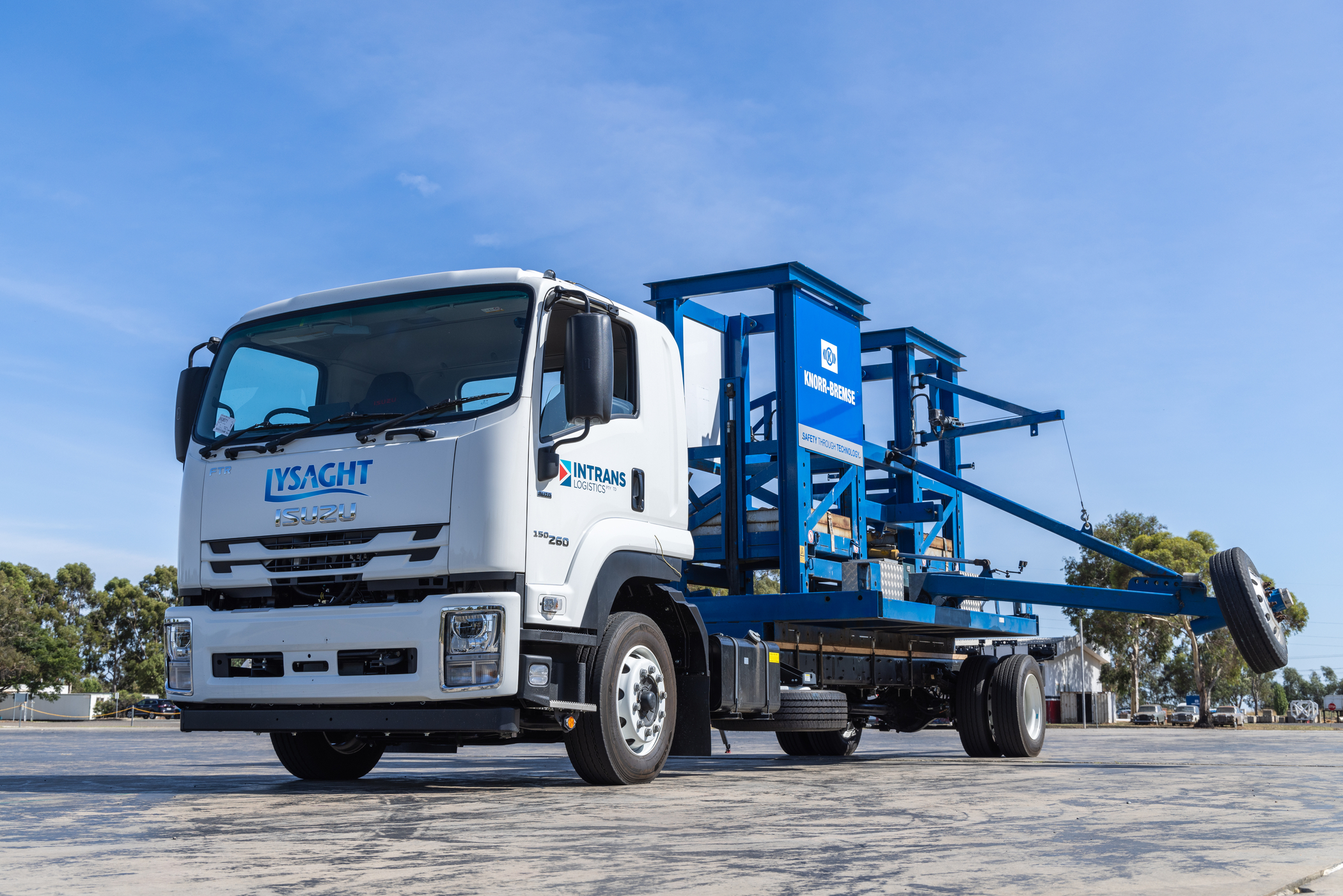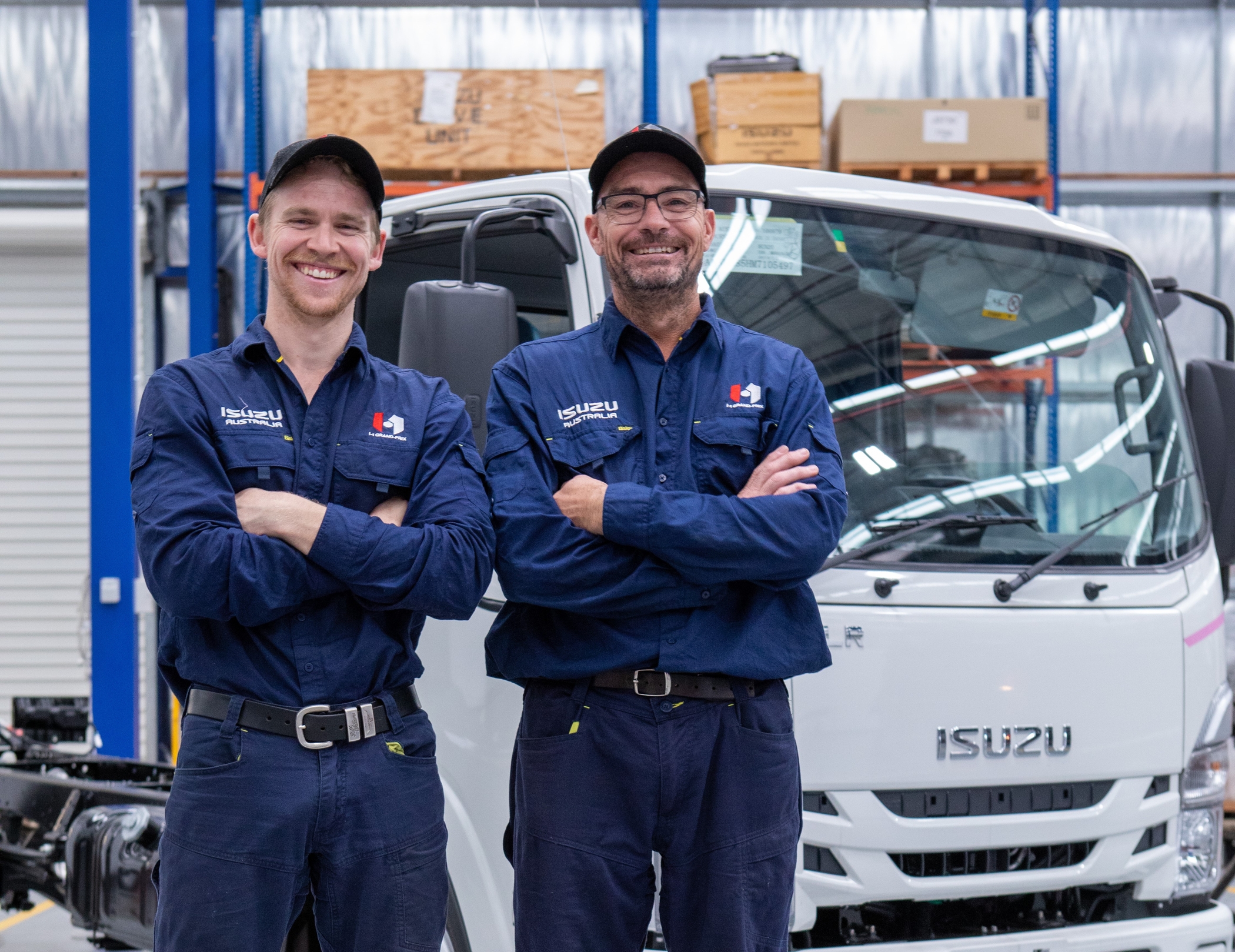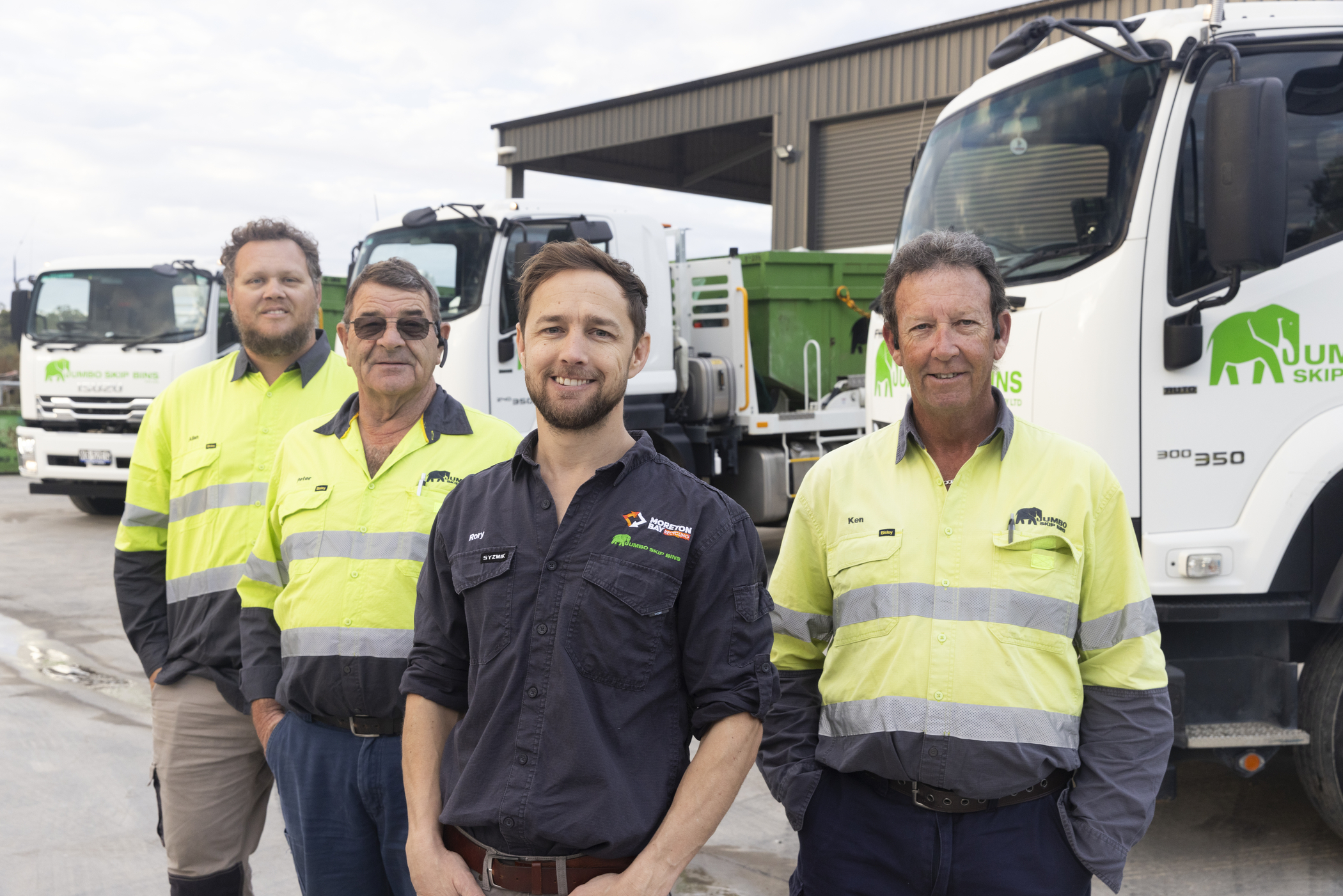COLD COMFORT: WHAT IS REFRIGERATED FREIGHTING?

 Most of us take having fresh food and frozen products on our supermarket shelves for granted. But one of the main reasons we enjoy the range and quality we’ve come to expect is due to the amazing technological advancements in refrigerated freighting, and the dedicated drivers who transport our food often thousands of kilometres from paddock to plate.
Without these clever trucks, and unless you fancy yourself with a rod and reel, you’d be swapping that fresh Atlantic salmon for a can of Spam. So it’s worth taking a minute to learn about this growing industry, its surprising history, and how it’s getting smarter everyday.
Most of us know our meat, vegetables and frozen products can travel hundreds of kilometres through blistering hot conditions in one of these trucks without spoiling, but did you know the first mechanically refrigerated vehicle was built all the way back in 1925? Or that nowadays "reefers" (as refrigerated intermodal containers are known) can chill to temperatures of a staggering minus 30 degrees Celsius?
Most of us take having fresh food and frozen products on our supermarket shelves for granted. But one of the main reasons we enjoy the range and quality we’ve come to expect is due to the amazing technological advancements in refrigerated freighting, and the dedicated drivers who transport our food often thousands of kilometres from paddock to plate.
Without these clever trucks, and unless you fancy yourself with a rod and reel, you’d be swapping that fresh Atlantic salmon for a can of Spam. So it’s worth taking a minute to learn about this growing industry, its surprising history, and how it’s getting smarter everyday.
Most of us know our meat, vegetables and frozen products can travel hundreds of kilometres through blistering hot conditions in one of these trucks without spoiling, but did you know the first mechanically refrigerated vehicle was built all the way back in 1925? Or that nowadays "reefers" (as refrigerated intermodal containers are known) can chill to temperatures of a staggering minus 30 degrees Celsius?
How do they work?
Refrigerated trucks can be powered by any number of mechanical refrigeration systems, but these days most apply the same vapour-compression refrigeration system as your fridge at home. The cooling principle is based on the phase changes (transforming liquid to gas and vice-versa) of the refrigerant (stable, nonflammable, moderately toxic gases or liquids). The actual cooling process itself is quite complicated, involving compressors, evaporators and super-heated vapours, so to save confusion and our collective sanity, let's just say it works and works well. It's technology that has had a profound affect on the overall health and well-being of we humans, but what's more important is the ice-cream industry worked it out in the mid-twenties, powering reefers off petrol engines and providing an innovation that would really change the world forever. Rocky Road anyone? These days refrigerated trailers are about a lot more than just our love of food. The industry is responsible for transporting hazardous chemicals, ancient cultural items, fine-art and antiques, cosmetics and even body parts. Most crucially however, they transport life saving medicine. Thanks to refrigerated freight, vaccinations and other pharmaceuticals can be transported thousands of kilometres to developing nations desperately in need of them, where they can save literally millions of lives.I’m getting one, what do I need to know?
Despite their perceived operating simplicity, refrigerated trucks or reefers aren’t like normal trailers or traditional truck builds. First there’s the extra weight requirement on your truck due to the insulated box or reefer. There's also the extra machinery – a compressor and a separate engine (if you want a back-up in case the first engine fails) or an auxiliary power unit. These all add up to reduce the payload on the cab chassis you're looking to buy. It's worth noting and planning for ongoing maintenance and repair costs too, which are usually higher than a normal trailer or build due to the extra technology at work. It's also wise to be vigilant about maintaining both the interior and exterior of the trailer or build, because even the smallest crack can be the difference between a full payload of fresh seafood and a very unpleasant, not to mention expensive, clean up. Finally, it pays to do some research on the expected lifespan of your investment. According to US based auctioneers Ervin Equipment, with so many forces at play, the average insulating ability of a trailer or fridge build degrades at a rate of about five per cent a year.The dos and don’ts
- Water proofing: Water is one of the leading causes of internal degradation, so along with repairing any cracks or damage, thorough drying after a wash-out is important.
- Temperature control: Most units are designed to maintain temperature rather than rapidly change it, so both the trailer and load should be the ideal temperature prior to loading.
- Space the load: Overloading the trailer can create hot spots even if the temperature’s set properly, so ensure there’s appropriate airflow around the load. This is where an air chute can help. As the name suggests, these chutes circulate cold air from the front to the back and can be easily attached to the roof of the reefer.
- Shut it off: If your unit isn't fitted with an auto shut-off, make sure you turn it off to avoid defrosting or icing up the cooling unit, when making deliveries or opening the doors.
A cool future ahead
Unsurprisingly for an industry less than a hundred years old, there are always momentous improvements in the pipeline. There are hard wearing thermoplastic interior liners that help with durability and insulation. There's ‘SolarGuard’ roofing technology in development that repels UV rays, and new natural gas powered refrigeration units that increase efficiency and can reduce emissions by 95 per cent. All of which means there’s never been a more exciting time to get into the refrigeration freight business.


Playtime’s over, get $3,500* to spend on extras.
If you’re ready to get serious about tackling bigger jobs, grab yourself an NLR 45-150 AMT SWB Traypack from the Ready-to-Work range for $62,990 drive away*. And to prove we aren’t playing, buy any NLR Traypack before June 30 and you’ll get $3,500* to spend on genuine accessories or an Essentials service agreement.
Learn more



